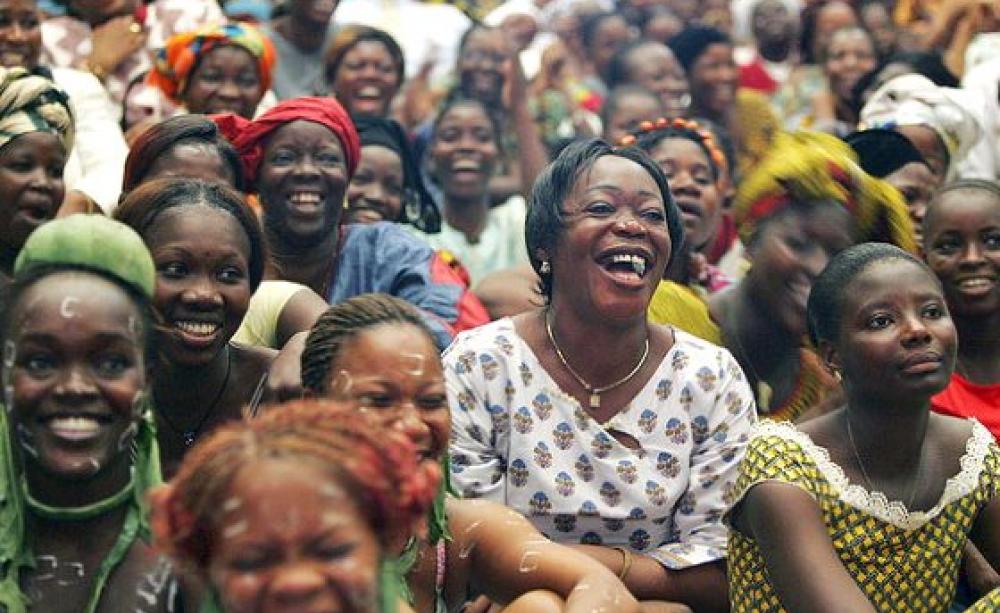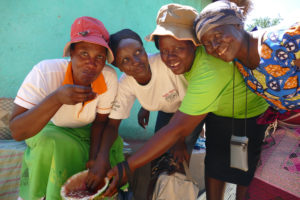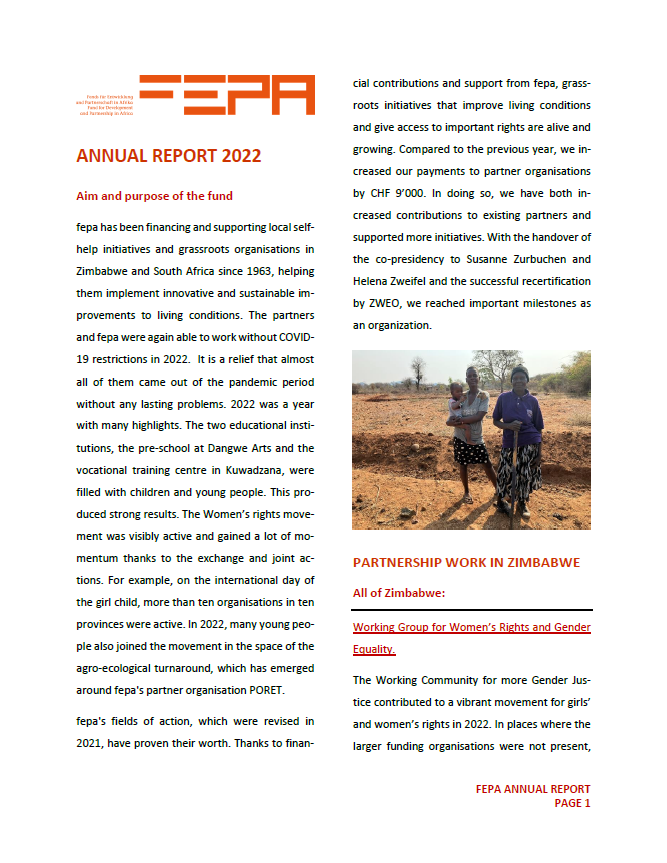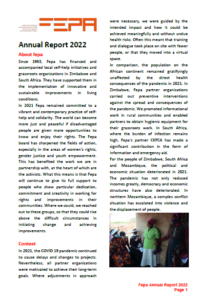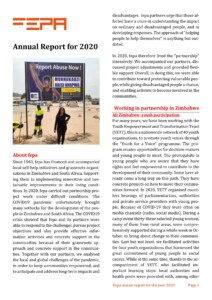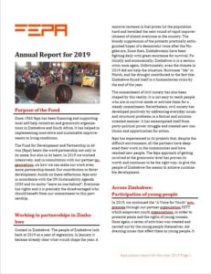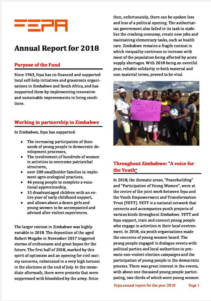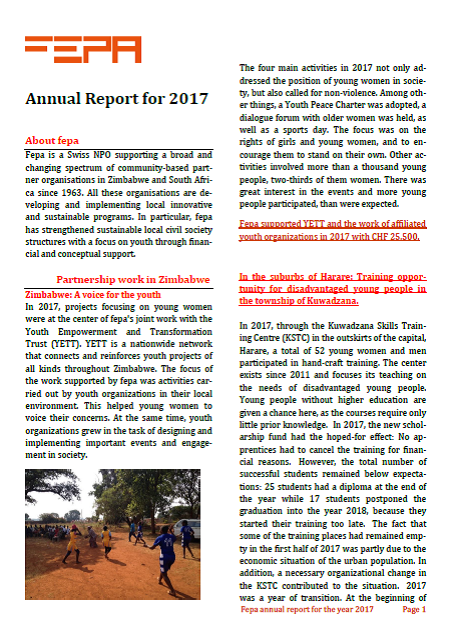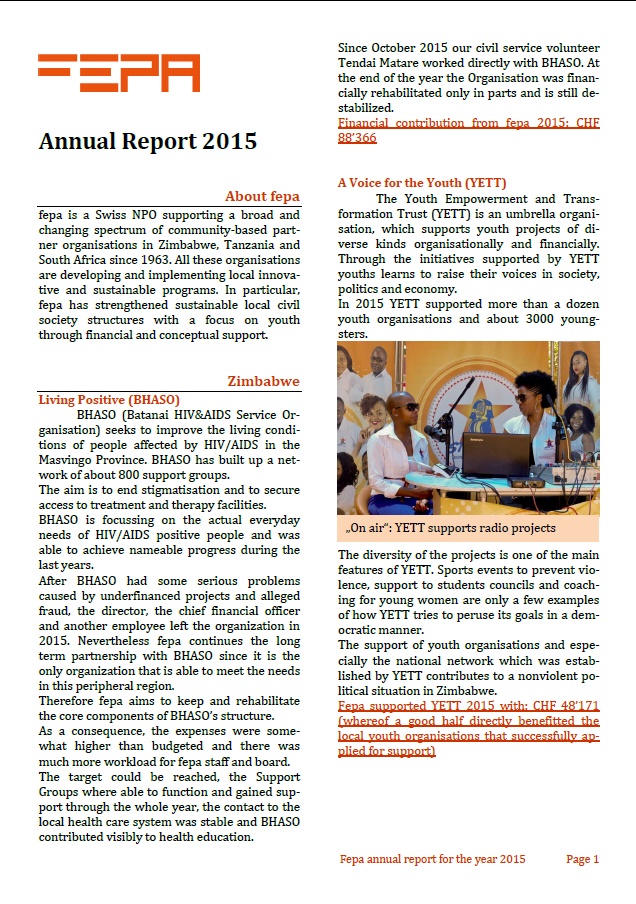Music in Zimbabwe: Between commerce and criticism of the system
By F. D. Mhlanga
Farai Danny Mhlanga studied Public Administration and Management and graduated with a Masters in Peace, Leadership & Governance. He works as a development professional, advocating for youth empowerment and sustainable development.
For generations, music has been an influential means of political expression in Zimbabwe. Today, songs by critical pop musicians are heard by millions of young people. Our author places today’s controversial songs in the longer history of popular music as a critique of colonial and undemocratic rule and as a mobilising tool for civil society engagement.
Historical Background
The use of music for political goals began during the liberation struggle with artists like Thomas Mapfumo in the 1970s. Mapfumo adapted traditional musical styles played with the mbira for the amplified electric guitar. His music and lyrics were messages of resistance and unity in the anti-colonial liberation war, the second Chimurenga. The genre of Chimurenga music emerged and they mobilised broad sections of the population for the struggle for independence.
The ruling party of independent Zimbabwe thus knew well the mobilising effect of music and soon tried to control what was said. The only artists who sang quite explicitly about politics were commissioned by the ruling party, for example the Mbare Chimurenga Choir. Otherwise, under Robert Mugabe’s leadership, censorship, arrests and harassment of artists who sang about politics continued until the early 2000s. In 2005, Thomas Mapfumo also fled to the West.
In the 2000s, music was increasingly used to address burning social issues such as cohesion in the nation or HIV and AIDS and. Oliver “Tuku” Mtukudzi, also known in Switzerland for his acclaimed live performances, addressed family and social problems with his music: Domestic violence, early marriages and poverty.
This period also saw the emergence of new electronic sounds that stood out from the guitars and mbira sounds of the Chimurenga tradition: the urban grooves. They also became popular because local radio stations were now required by law to play a majority of local musicians. The urban grooves were mainly aimed at promoting the arts and culture industry and were less politically oriented.
ZimDancehall: Music of a new generation between commerce and system criticism
The rise of ZimDancehall as a genre within urban grooves since around 2010 brought a new wave of hope, especially to the nation’s young people. ZimDancehall also brought with it an upsurge in the music industry. New technologies and the internet provided artists with many platforms to distribute their music. Thus, ZimDancehall also caught the attention of policy makers as it captured the hearts of young people with its messages of youth empowerment and culture change. The regime lost control over the distribution and content of the music.
Artists like Jah Prayzah with songs for the preservation of culture and heritage also touched the hearts of the elders with new music. But a new dissident, youthful culture also emerged in the second republic. The pioneers of this music were young people, especially Winky D, Soul Jah Love, Freeman, Jah Prayzah and Chillspot Records.
Overall, ZimDancehall culture has contributed to serious positive and negative social changes. These include not only the upgrading of the culture and arts industry, but also high drug use among young people.
Music as a scathing commentary on the new regime
The ouster of Robert Mugabe led to an awakening that was mirrored in 2017 in the album “Kutonga Kwaro” (“his control”) by Jah Prayzah. This album by perhaps the most popular Zimbabwean artist gave the new president ED Mnangagwa a tailwind. The album’s tracks ignited a spark and were taken as prophecies about the legitimacy of the rule of a new liberation war hero, in this case the new president ED Mnangagwa. Other musicians are much more vehement in representing the voice of the youth in the urban ghettos: Winky D released his ninth album “Njema” (“Shackles” – The artist translation means being physically free but mentally shackled) in late 2019 after the 2018 elections. It was interpreted by listeners and the ruling party as an anti-government album, advocating for freedom of expression and association and speaking unpleasant truths.
And today?
Elections are due in Zimbabwe in 2023, a country with high unemployment, civil unrest, discord and poverty. The album “Eureka” released by Winky D tested the mindset and political maturity of the listeners. The album predicts a struggle against problems that affect the youth in general: Corruption, a nation without identity and the poor use of local resources for economic growth. In today’s politically divided Zimbabwe, “belonging” to a “camp” is also an issue. Holy Ten, who featured on Winky D’s album and who allegedly belongs to the ruling party, was therefore denounced for his involvement in a musical project that was in turn described as “opposition-politically” motivated. Two tracks were at the centre of the controversy: “Ibotso” and “Dzimba Dzemabwe”.
“Ibotso”, the track Holy Ten contributed to, is about how the rich constantly take from the poor and how the young woman has become a sex object and has to be exploited to survive. The key metaphor of the song is “Vanotora zvevapfupi nekureba” (“They take from the little ones because they are bigger”).
“Dzimba Dzemabwe” (“Houses of Stone”) portrays a country with a failed democracy that has lost its culture due to intolerance. A majority of Zimbabweans are likely to recognise the artistic nature of the project. But the ruling party’s Youth League denied the album’s artistic value and portrayed Winky D as a supporter of regime change. In “Dzimba Dzembabwe” Winky D sings:
« What kinda legacy are we to leave for the coming generation?
Yes, I hope to see a better life, but it’s an imagination.
They talk about democracy, mi look all I just see is hypocrisy.
The dialogue is turning into a fallacy.
The Ghetto Youth’s ambition now turn into a fantasy.
From long time when mi grow, everybody know dis is di bread basket,
But, right now we carry water inna di basket. »
Music without social critique is empty
The outcry around Winky D symbolises the extent to which politics has distorted art and music and robbed them of their meaning. Music is actually part of culture and heritage; it predicts our past and present.
Artists like Prophet Passion Java, Holy Ten, Saint Floew, Nutty O and other up-and-coming ama2k artist:ins belonging to the post-2000 generation are giving music a new style; but these young people value money, pleasure and success so much that they prefer to follow the money. Today, musical companions of Winky D also seem to strive for success and money above all. When they follow the money, they come up against an oligarchy that controls the wealth they need and so they dance to its tune. So this music business matches the politics business in Zimbabwe: both are a playground for rip-offs. The music promoter Prophet Passion Java is a case in point. He is all about the egomaniacal spendthrift culture of the “mbingas” (rich money wasters). These music promoters are part of the ruling party’s system and they are used to promote a patriotism that is useful for party politics through music. Music in Zimbabwe today has again become a political tool used to control the masses through propaganda and hatred.
But let’s not forget the liberating dimension of music: Social media is still a space where people are provided with quality examples of true art and music. Art that shows how a society can function. But only when those in power recognise diversity for social cohesion and unity will people one day sing songs of development and not of struggle.





